Brewing a perfect cup of tea is an art that balances tradition with a personal touch. Whether you’re a long-time tea enthusiast or just starting out, understanding the basics can elevate your tea-drinking experience. From choosing the right leaves to brewing with care, each step offers a new way to appreciate this ancient beverage.
So why does tea brewing matter? Well, imagine enjoying a cup of tea that suits your mood as well as your taste buds. Brewing tea isn’t just about following steps; it’s about exploring flavors, cultures, and even a little bit of science. It’s the difference between a mundane routine and a mindful ritual that enriches your day.
Starting with the right tea type sets the stage for a great brew. Each type of tea brings its own character and vibe to your experience. Looking for something refreshing? Green tea might be your thing. Craving something bold? Black tea steps up to the plate. Exploring different teas can open up worlds of flavors and aromas that can enhance just about any moment.
Now, what makes a cup of tea not just good but unforgettable? That’s where the brewing details come in. The art of tea is a perfect mix of science and skill, from the perfect water temperature to getting the best steeping time. Paying attention to these details turns a simple drink into an experience to savor. But remember, the goal is to enjoy, not overthink. A little knowledge can lead you to find just what you like best—after all, the best cup of tea is one made just for you.
Selecting the Optimal Tea Leaves
Choosing the right tea leaves is like picking out your favorite playlist—each tea offers its own vibe and unique experience. The quality of the leaves can make or break your brewing game, so it’s worth knowing what you’re looking for. Let’s start with the big debate: loose leaves versus bagged tea.
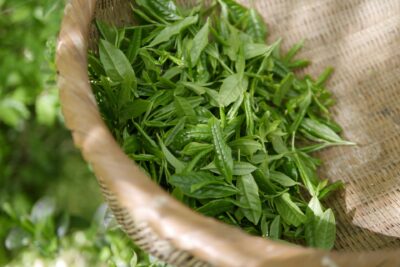
Loose leaf tea usually gets the nod for quality, offering more room for the leaves to unfurl and release their full flavor. While tea bags are convenient, they often contain smaller, less flavorful bits known as tea dust or fannings. If you’re seeking a richer, more complex brew, loose leaf might be the way to go.
Variety is another piece of the puzzle when picking the perfect leaf. Green, black, oolong, white—each type offers its own taste profile and specific brewing needs. Green tea is refreshing and light, while black tea brings a robust and bold punch. Oolong and white teas provide something in between, with unique nuances that can surprise and delight your palate.
Choosing between these types can depend on both your taste preferences and the occasion. Morning pick-me-up? Black tea is a classic go-to. Relaxing afternoon? Oolong’s gentle aroma might be your best bet. Being adventurous with your choices can lead you to discover new favorites, keeping your tea time exciting.
It’s also helpful to trust your senses when picking tea. A good sniff can give you hints of what flavors to expect—fruity, floral, earthy, you name it. The freshness of the leaves can often be gauged by their aroma, making it a crucial part of selecting the best tea for your needs.
By focusing on quality, type, and freshness, you will set the stage for a truly enjoyable brewing experience. Finding the optimal tea leaves is a personal journey that transforms a simple cup into a cherished ritual.
Mastering the Brewing Technique
Brewing tea is a bit like playing a musical instrument. You need the right notes, timing, and a touch of patience to get it just perfect. It all begins with temperature control because, let’s face it, brewing is part science. Different teas need different temperature ranges to unlock their full flavor potential.
Green teas are delicate and usually prefer cooler water—around 160 to 180 degrees Fahrenheit. On the flip side, black teas thrive in hotter water, about 200 to 212 degrees. Getting the temperature just right can be the key to avoiding that infamous bitter cup that nobody wants
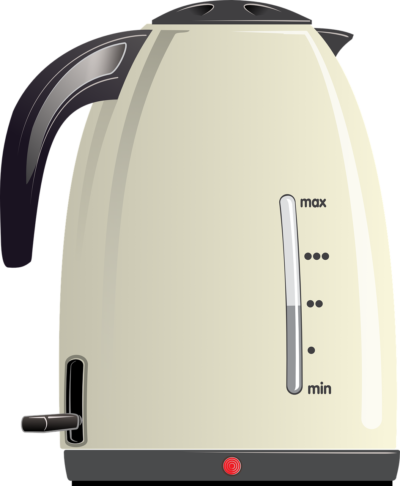
Next up, steeping time. It’s all about finding the sweet spot that balances the teas flavor, aroma, and strength. Green teas generally need just 2-3 minutes, while black teas enjoy a bit more time, approximately 3-5 minutes. Each tea type has its own unique personality, and getting to know these preferences can make every sip delightful.
When it comes to tools, the right gear can make a world of difference. Teapots, infusers, and kettles aren’t just for show—they help control the practical aspects of brewing. A kettle with a temperature gauge can be your best friend, and a good infuser helps the leaves expand, releasing their full aroma and taste
Lastly, the brewing methods. Striking a balance between traditional and modern techniques can elevate your tea ritual. Whether you stick to a time-honored teapot or try a fancy gadget, exploring these different methods allows you to express your personal style.
Mastering these brewing techniques turns making tea into a satisfying experience, showcasing not just the taste, but the tradition and care behind every cup. It all boils down to knowing what you like and having fun with the process.
Understanding the Health Benefits of Tea
Tea isn’t just a comforting drink—it’s also packed with health perks that make it a regular staple for many. Different types of tea offer various nutritional benefits, making them a tasty addition to a balanced lifestyle. With choices ranging from antioxidant-rich green tea to calming chamomile, understanding the health aspects can turn your tea moments into mindful health boosts.
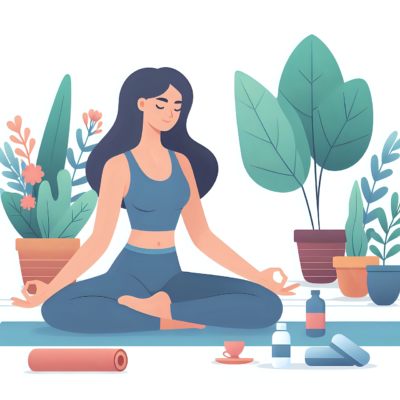
Antioxidants are a big part of tea’s charm And benefit. They help combat free radicals in the body, which are pesky molecules that can damage cells and contribute to aging and disease. Green and white teas are particularly famed for their high antioxidant levels, making them popular choices for those looking to enhance their diet with a bit of healthy indulgence.
Tea’s potential benefits aren’t limited to antioxidants. It’s also known for elements like theanine and caffeine working together to provide a gentle lift in energy without the jitters you might get from coffee. This combo can help boost your concentration and alertness while keeping you mellow.
When it comes to herbal teas, the benefits shift a bit. Options like chamomile are often used to help promote better sleep and relaxation, while peppermint tea can be a soothing choice for digestive issues. These teas take a slightly different approach, focusing more on well-being and relaxation.
While tea can be a wonderful addition to your health routine, it’s wise to enjoy it as part of a balanced diet. It’s also a good idea to stay informed about potential considerations, like the caffeine content in certain teas for those who might be sensitive. To embrace tea’s health benefits means understanding and respecting its role as a part of overall well-being, not a cure-all.
Enhancing Your Tea Experience
Turning tea time into a full-blown experience isn’t just about the drink itself. Pairing your favorite tea with the right food can take things up a notch. Think about how green tea’s freshness pairs perfectly with light, savory dishes or black tea holds its own against hearty, sweet treats. Matching the mood with the menu can make each tea session feel like a mini celebration.
For those who love a sprinkle of creativity, crafting custom tea blends can be a fun way to personalize your tea ritual. Mixing different teas or introducing herbs and spices opens the door to endless flavor combinations. Imagine adding a pinch of cinnamon to black tea or mixing peppermint with chamomile. It’s all about experimenting and finding the unique blends that speak to you.
If you’re keen on sharing your newfound tea passion, try hosting a tea-tasting event. Invite friends over and explore different blends together. It’s a fantastic way to engage your social circle and learn from one another’s tastes and preferences. Plus, it turns tea into a shared experience, which is often the best way to enjoy it.
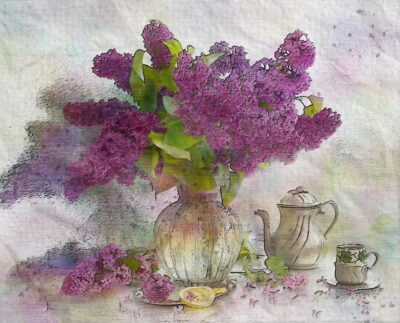
Tea isn’t just a beverage; it’s a chance to unwind, explore new flavors, and connect with others. By enhancing your tea experience through pairings, blends, and social gatherings, you add more layers to this age-old ritual. Each new cup becomes a chapter in your tea journey, bringing flavors, health, and community into the mix.
NOTE: I am not a doctor, just a person who loves tea and researches the benefits of drinking tea. You should always check with your doctor to ensure its ok. – Shirley
Also See Our Privacy Policy
Affiliate Links
This page may contain affiliate links, which, if clicked on will take you an item, its information and images of it. If you choose to purchase the item, I receive a small commission -Shirley
Comments
I enjoy getting questions and comments from site visitors. You can leave yours below. -Shirley
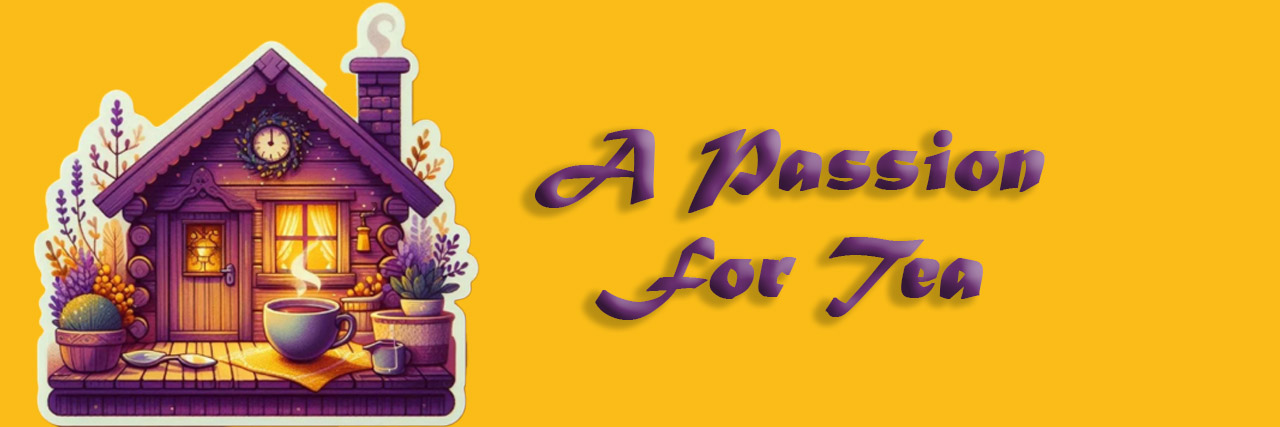
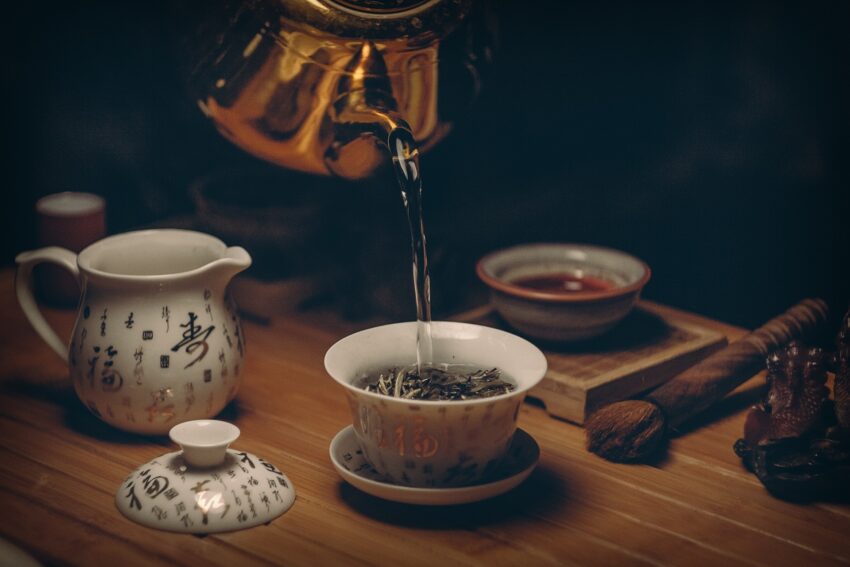
I have two most memorable tea tasting and drinking experiences. I should put both of these experiences into the context. As a native Brit, I wouldn’t be surprise if my mother had put tea in my baby bottle. My days are always punctuated by cups of tea. In my earlier years that usually meant a kettle, a teapot and scoops of loose rich tealeaves shoveled in, and always one for the pot. Sadly, for convenience that now means boiling water poured onto a bag in a cup. But back to my memorable experiences. The first was in the late 1990s. I was on vacation in Sri Lanka and we visited a tea plantation where we were treated to the most delicious and uplifting tea I have ever drunk brewed with fresh leaves. I remember our guide also explaining how some elements of the freshness don’t really travel that well. I will never forget the incredible flavour of that tea. My second memorable experience was in 2015 on a trip to Beijing. We went to a tea tasting session, which was a very typical thing for tourists to do. The skills and techniques our guide demonstrated were really very impressive but the variety of teas and subtle differences in flavours were quite remarkable. Both unforgettable experiences.
OHH! I am so glad to meet you in the interwebs. I love tea. The kinds of tea are endless. Steeping tea is an art. But well worth the time to do it well. I look forward to seeing more articles and ideas!
Sissy
This exploration of the art of tea brewing is fascinating, and I particularly appreciate the emphasis on the ritualistic aspect. It’s more than just making a hot beverage, it’s about creating an experience. The guide touches on water temperature and steeping times, which are crucial, but I’m curious about the impact of water quality on the final brew. Does the mineral content or pH of the water make a significant difference, and if so, what kind of water is ideal for different types of tea? Also, while the focus is on loose leaf tea, what considerations should be made when brewing with tea bags? Are there specific adjustments needed in terms of steeping time or temperature? Finally, the article mentions different brewing methods, but I’d love to see a more detailed comparison of those methods. What are the subtle nuances in flavor or aroma that each technique brings out, and which methods are best suited for particular varieties of tea?
Thanks for your questions. For myself I always use distilled water for my tea to avoid the chemicals added the city. I drink lots of herbal teas for their health benefits. Also Im diabetic and the city fluoridation of water has a definite affect on my blood glucose levels. As for temp, I can use a meat thermometer and I’m looking into this kettle. https://www.amazon.com/dp/B09T…
Most tea, bagged or loose will have some directions on steeping time and sometimes on how hot the water should be. Black teas tend to be stronger. I do tend to add a bit of raw honey for just a bit of sweetness. Thanks again for visiting my site and your comments.